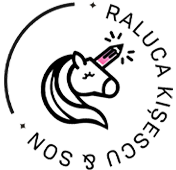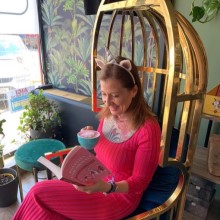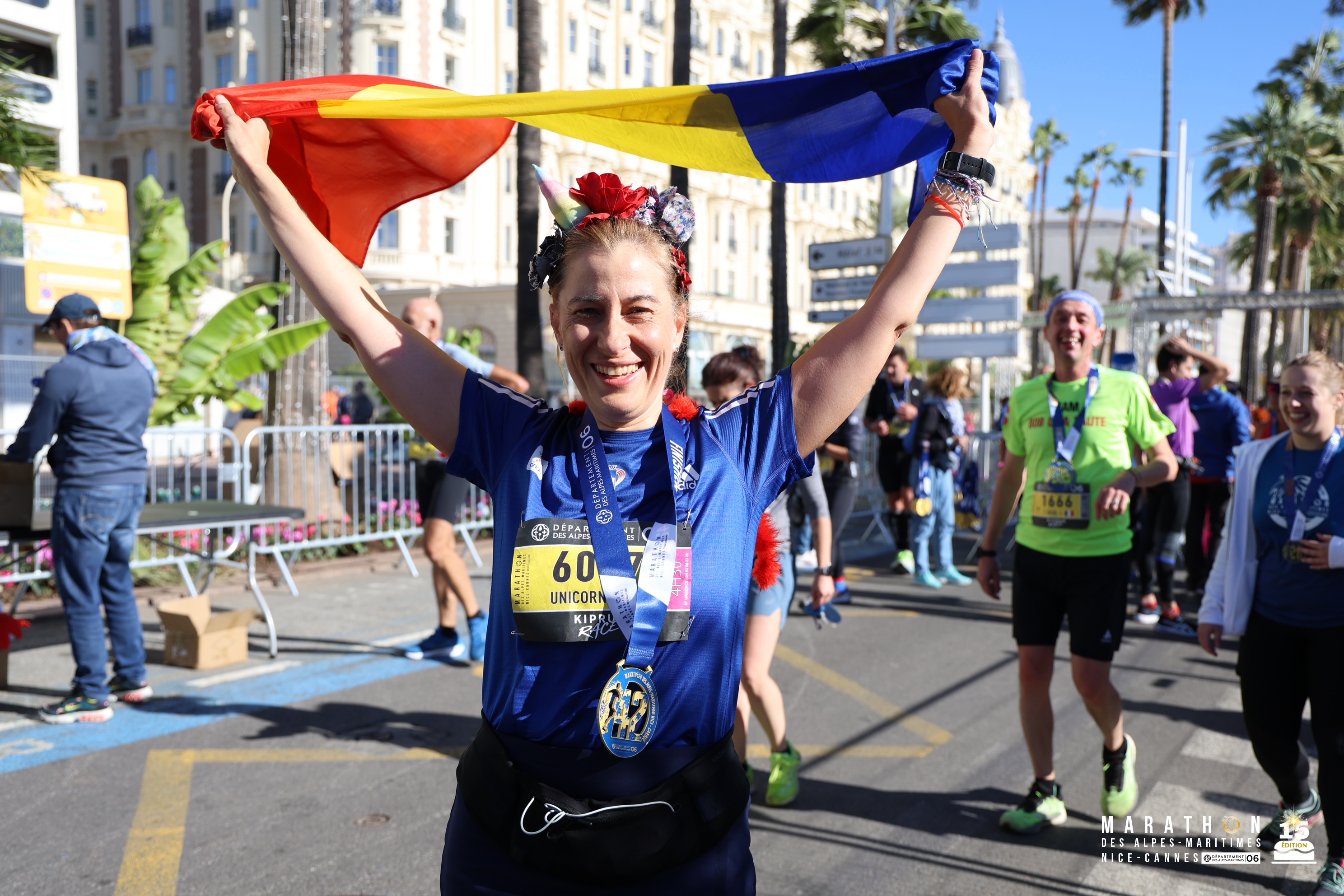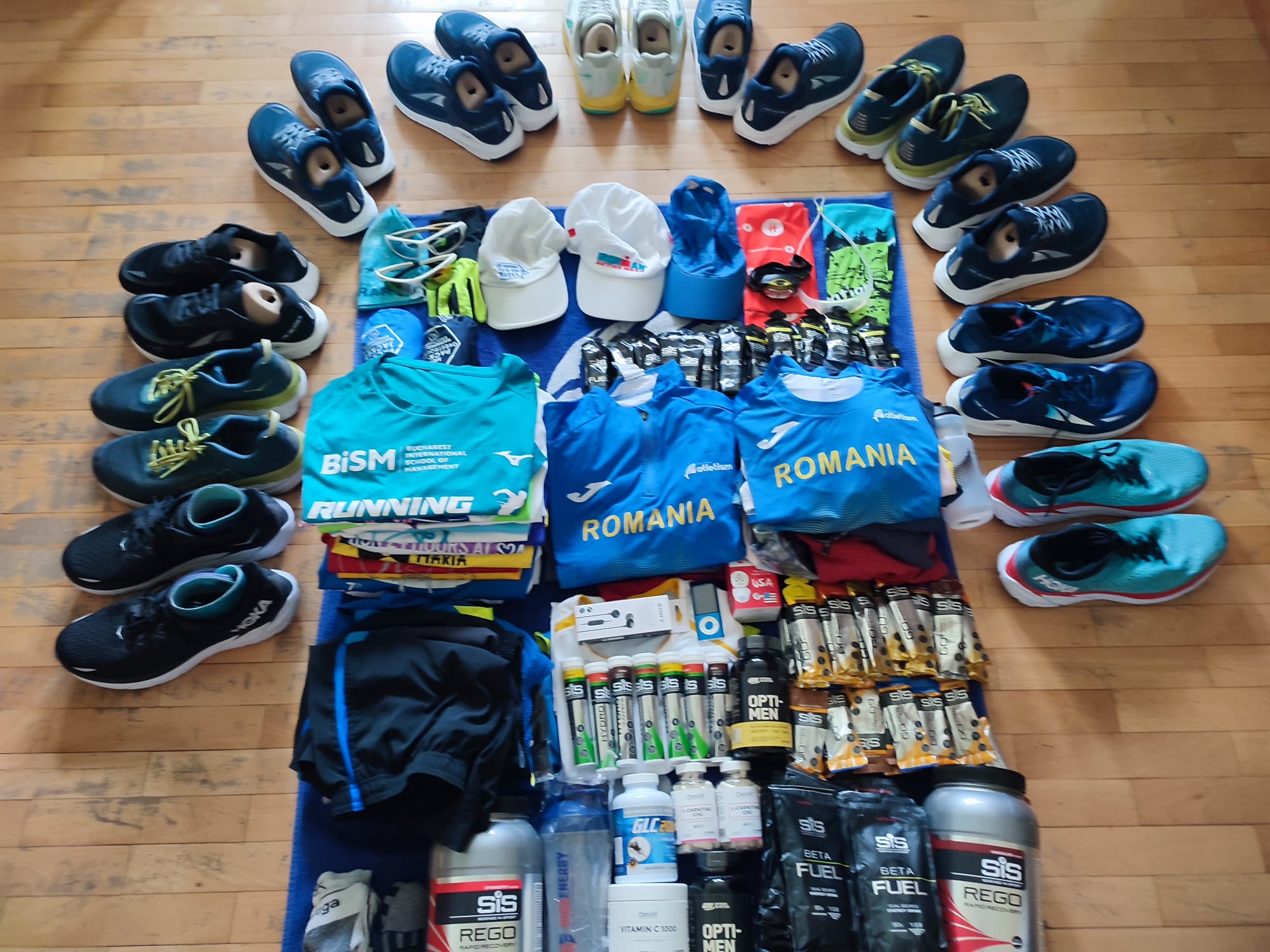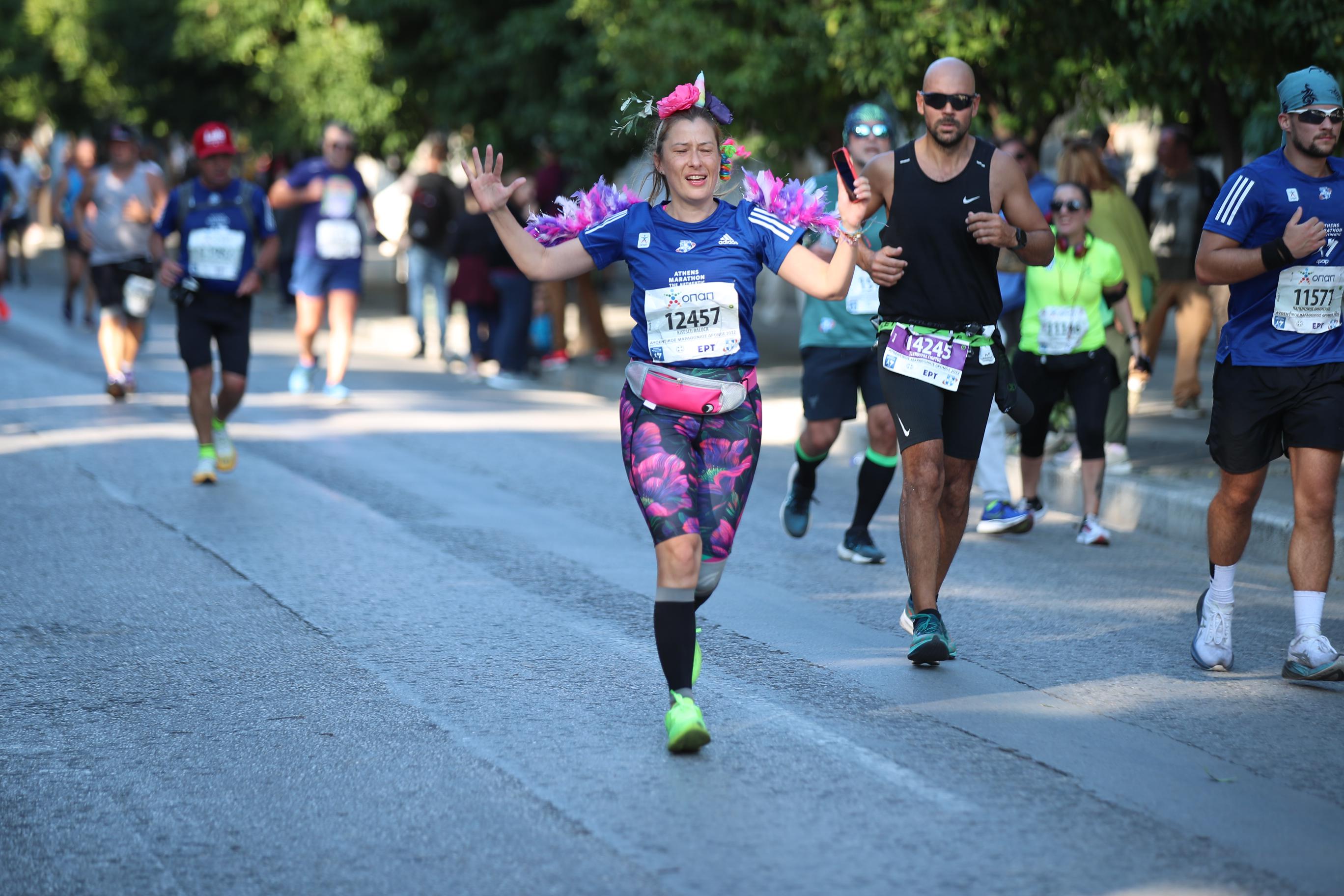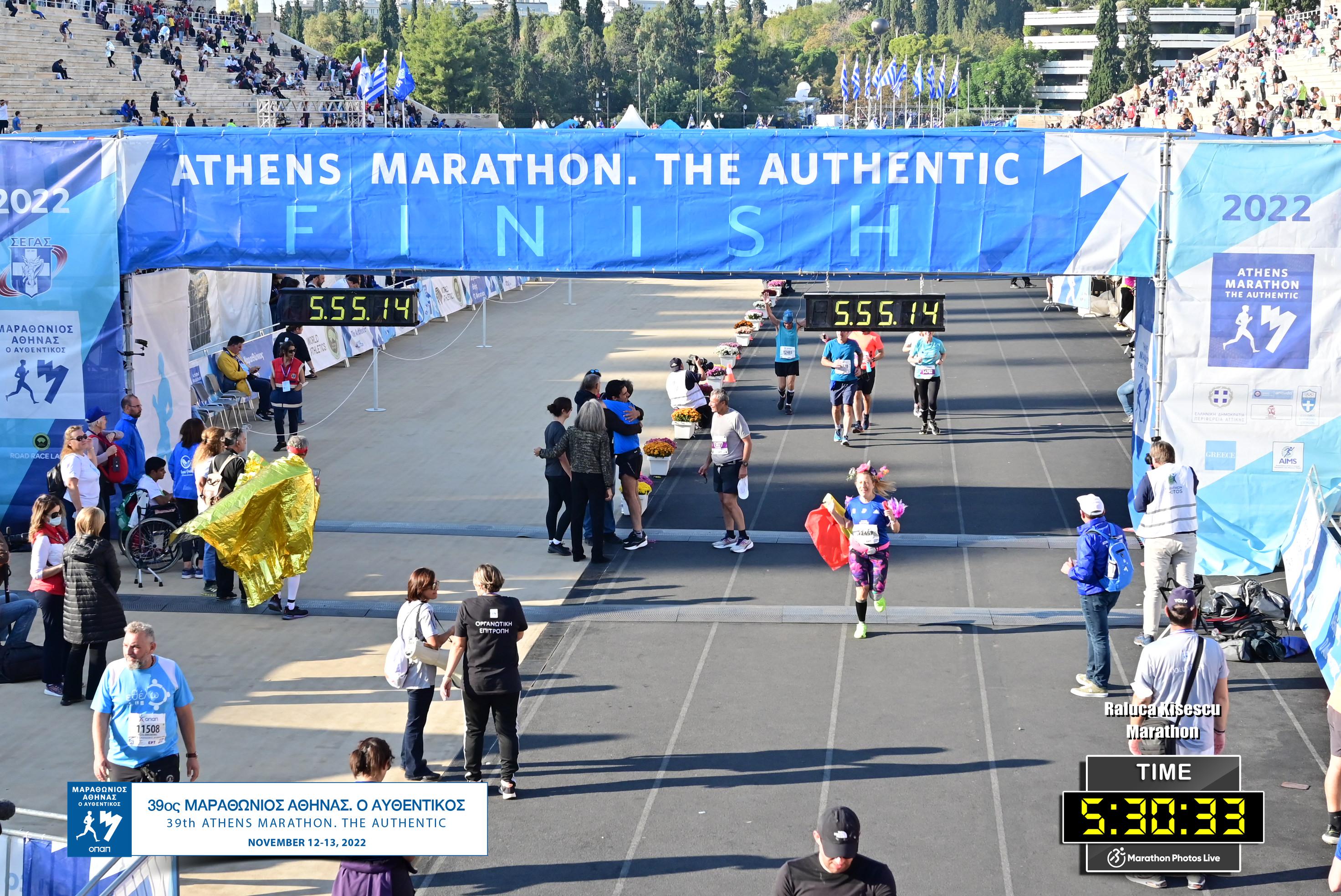Viral Marketing with Jonah Berger at Brand Minds 2022

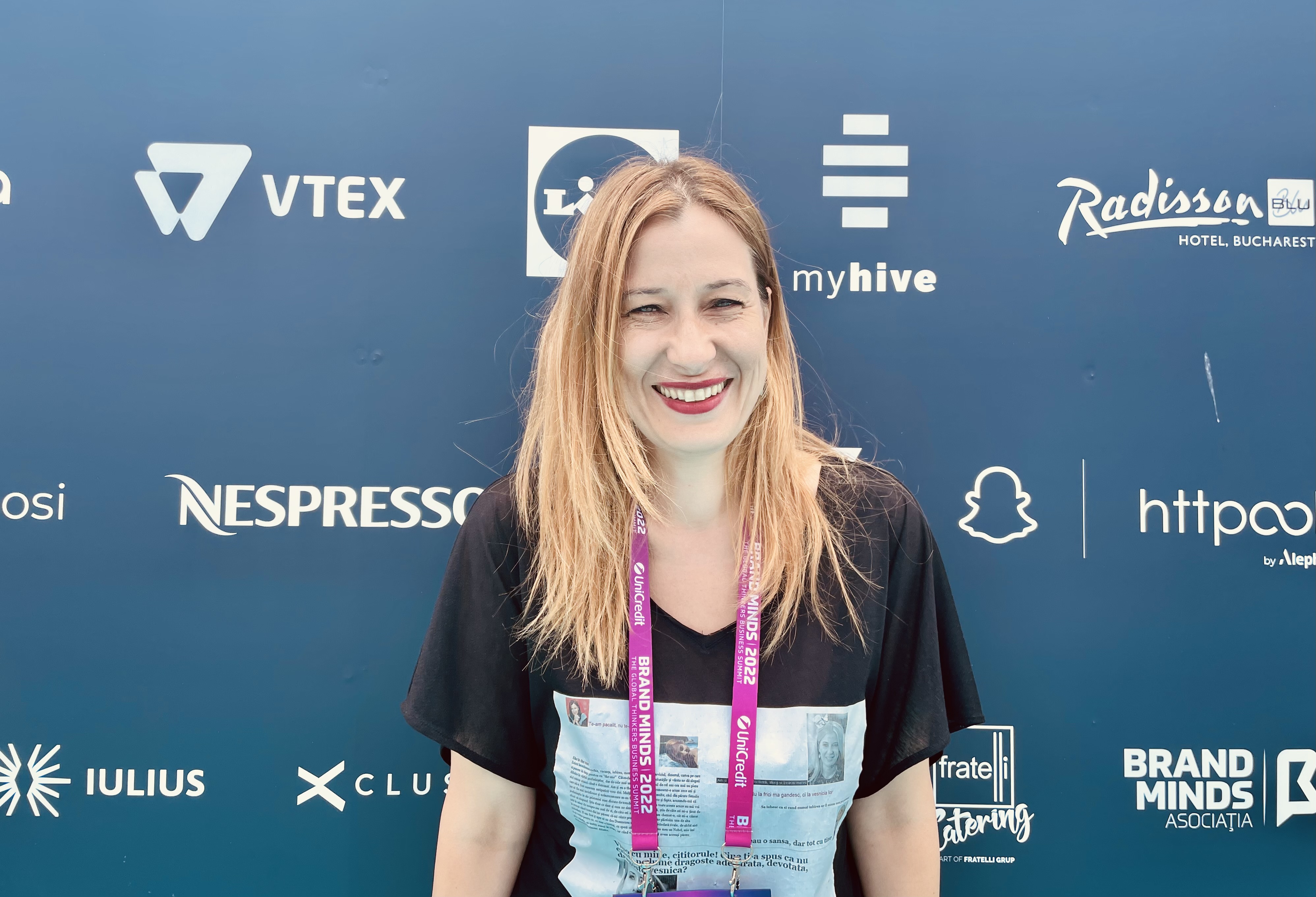
In his Masterclass on #viralmarketing from Brand Minds 2022, Jonah closed each topic with a question rather than a statement, showing that he is the first to practice what he preaches: How do you apply this concept to something you are working on?
Therefore, I applied what I have learned on a rainy June Saturday at Romexpo starting with a title as obvious and practical and searchable as this one above.
Jonah Berger is a Wharton Professor, Bestselling Author of Contagious, Invisible Influence, and The Catalyst and a Viral Marketing Expert.
The masterclass covered the following topics:
- 5 barriers preventing your conversions
- How to remove these barriers to achieve marketing goals
- How to write shareable messages and ads
- The secret science of viral ideas
- 6 basic principles driving popularity
- Remarkable word-of-mouth (WOM) tactics to grow brand awareness
The books that were quoted during the presentation can be found here:
Contagious: Why Things Catch On https://carturesti.ro/carte/contagious-25728306
The Catalyst https://carturesti.ro/carte/the-catalyst-1627991881?p=1
Jonah started with a game: he showed us a picture of a broccoli ond one of a cheeseburger and asked us to say which was tastier. This prompted to the following analogy: how tasty is the way we communicate?
(because, unfortunately, the “best” stuff does not always win)
To exemplify even more the idea behind tastiness in communication, he reminded us of the Dvorak keyboard layout vs Qwerty keyboard layout. Dvorak requires less finger motion and as a result reduces errors and it increases typing speed, but Qwerty is more used because it adapted to the typewriter layout.
Tip #1: To get our stuff catch on, we need to understand our “customer”.
So, how can we make communication much tastier? How we can generate word of mouth? How can we help our stuff catch on?
- Disney, Cheerios, Scrubby Bubbles (5 star reviews equaled + 20% sales increase in product)
- A study from McKinsey & Company shows that WOM generated more than twice the sales of advertising
- (eg: Uber Happy Holidays - get 3 free rides if you pass this on)
If we split 100% sales impact of different marketing strategies, than 7-10% goes to WOM in online. Under these circumstances, why do we invest so much in social media? it can only get to 15-20% contribution for young folks, while if we think about offline - here are #1 interactions for WOM.
Six key STEPPS for WOM :
- Social currency
- Triggers
- Emotion
- Public
- Practical Value
- Stories
Jonah only covered in detail 3 of them, but you can discover all of them in the book Contagious.
1. Social Currency
It's all about people talking about things to make themselves look good, rather than bad.Therefore, the idea is to make them look good in order to talk about us because people care about themselves, not us.
People share a sign of identity on social media (holidays, celebrities).
We do not share excel photos because we will not look good (I, Raluca, share sometimes, does it mean I look bad to you?:)
eg. How Linkedin transformed itself by sending you the message:
Raluca, congratulations! You have one of the top 1% most viewed profiles for 2012. Linked now has 200 million members. Thanks for playing a unique part in our community.
How do I feel? Like an insider, smart, special and in-the-know, therefore I shared it because Tip #2: STATUS IS GOOD ONLY IF PEOPLE KNOW ABOUT IT.
Beyonce shares with people her new album (if we know something that the rest don’t, we look important).
- People love being first or early - so think how to make them be the first.
- Name on the simple - the classical example with Coca Cola based on the well known bottle shape.
- Find the Inner Remarkability
- Tip #3: SHOW PEOPLE, DO NOT TELL (great content does that)
(eg Blendtec with its viral marketing campaign named Will It Blend? consisting of a series of infomercials demonstrating the Blendtec line of blenders, particularly the Total Blender. In the show, Blendtec founder Tom Dicks attempts to blend various unusual items - including an Ipad - in order to show off the power of his blender)
see it here - https://www.youtube.com/watch?v=lAl28d6tbko
Can you think of other examples of applying social currency? How do you apply this concept to something you’re working on?
(people are more comfortable to talk about other people’s stuff, not theirs)
2. Triggers
Top of mind means tip of tongue. Associate your product with ideas and activities in people’s lives
eg: an insurance company named GEICO used the association between Wednesday (Hump Day, the midpoint of a typical working week, considered to be the most difficult working day) and a camel. Happier than a camel on Wednesday.
You can see the spot here: https://www.youtube.com/watch?v=7LtjzQaFZ3k
eg: Think of associations:
Peanut butter and….
Rum and….
Kit Kat & Coffee (A break’s best friend) - coffee is something that you drink everyday. Therefore this campaign changes how often you think of Kit Kat.
(Background: In 2007, with sales declining and few ideas to replace their “Give Me a Break” campaign, KitKat was at a crossroads. Investors were reluctant to offer money for TV spots; creativity was at a serious low. Because recent research had shown that many consumers paired their KitKats with a hot beverage, a new idea began to slowly take shape: enjoying a KitKat with your coffee.)
4 questions:
- Who do we want to be triggered?
- When do we want them to think of us?
- What is around at that time?
- How can we link to that thing?
3. Emotion
When we care, we share. We like to share certain emotions and we don’t like to share certain others.
4. Public
Monkey see, monkey do.
5. Practical value
News You Can Use.
eg:
- Sell a product of $20, you offer $5 off, therefore a 25% off. 25% off communication is more motivational for consumers
- Now sell a product of $2000, offer $500 off, therefore again 25% off. But $500 discount communication is more motivational for consumers now.
Therefore, Tip #4: NUMBERS - how we frame them to seem larger/smaller - are important.
6. Stories
Once Upon a Time. Your product must be an integral part of the story to ensure that people remember it, even if they forget about the product itself.
An engaging story has a kernel (brand or key attributes).
(eg Panda cheese, an Egyptian brand, had a series of TV commercials under the name Never say no to panda. The commercials, which feature a giant panda who terrorizes people for not wanting to try the cheese, became a viral Internet hit).
Check one here: https://www.youtube.com/watch?v=SyRvzeNuqa4
(I am sure you will laugh in tears!)
Two key next steps:
1. find your kernel
2. apply the STEPPS
- What do you want people to talk about and share?
- What do you want to change?
- What have you done to try to change it?
We all know and have a status quo bias, therefore the question is: how do we make people change?
We need some catalysts - things that create change by lowering the obstacles
There are 5 catalysts:
- Reactance
- Endowement
- Distance
- Uncertainty
- Corroborating Evidence
(simply REDUCE)
eg: The Tide pods challenge - a viral campaign that teenagers started as a joke, challenging themselves to show how they were eating the pods.
Background - the packaged laundry pods definitely resemble candy—for this reason, young children have accidentally consumed them. Eating-tide-pods meme became increasingly popular after humor site CollegeHumor posted a sketch titled “Don’t Eat the Laundry Pods” in March 2017. When P&G, the owner of the Tide brand tried to react by showing that you should not eat them - the number of “challengers” increased by 400%.
Maybe it is better not to warn, but to recommend, because this is the first catalyst: a. Reactance.
When pushed, people push back. People have an ANTI-PERSUASION RADAR
Therefore, give them back the power to sound like they are deciding.
How?
- provide options X or Y
- ask, do not tell (questions rather than statements - Jomah himself used this approach asking us questions at the end of each mini-session)
- encourage commitment to the conclusion - it is a classical, Cialdini is mentioning in his principles as well
- highlight a gap (eg The Smoking kid campaign - Tip #5: I WANT MY ATTITUDE AND ACTIONS TO FIT, otherwise it is a cognitive dissonace)
- You can see the campaign here: https://www.youtube.com/watch?v=qHH2LsAHeHc
- killing an old project
Strategies are not good or bad, but how we apply them is good or bad.
To chage an attitude/behaviour, there are some switching costs (b. Endowement).
It is a mix of cost - time - effort.
In a test with 3 different group of students, they were told:
- first group: you passed (buy)
- second group: you failed (not buy)
- thrid group: you’ll find out tomorror whether you passed or failed (decide later)
If I find out tomorrow, I will pause. This is d. Uncertainty
How do we get people to un-pause?
eg Dropbox - started giving things for free
a. Harness freemium (free core things + premium pays)
b. Lower the barrier to trial (eg free shipping) - zapppos.com
c. Drive discovery - Santander banking test drives
Two key next steps:
1. find the perky brakes
2. find a way to mitigate them
Credit photo: Marius Motoca.
My dress follows the viral marketing theme: it has imprinted texts from my published articles.
P.S. Thank you Brand Minds for great content and networking opportunity, this is already the 7th time I attend your event, I think I did not miss any edition.
P.P.S. While waiting for my badge to be ready - in a perfect logistics and flux management for 5000+ people - my name was heard by Diana Cicirean, one of the key people of Brand Minds team. She then said:
- Whatever the match or mistmatch or misunderstanding of the online registration, Raluca Kișescu needs to get in.
(I might have done something right in this half of life, but I am going to be contagious for the next half:)
